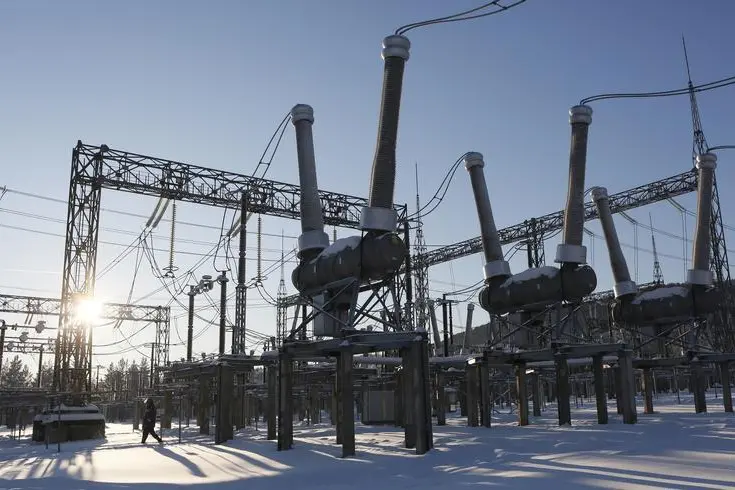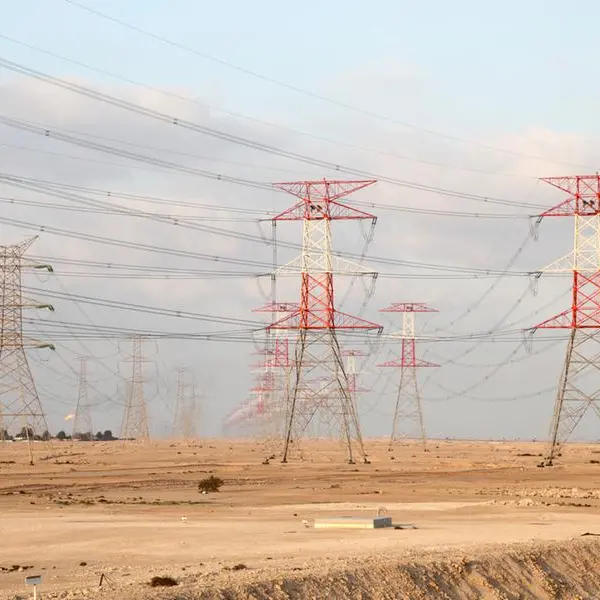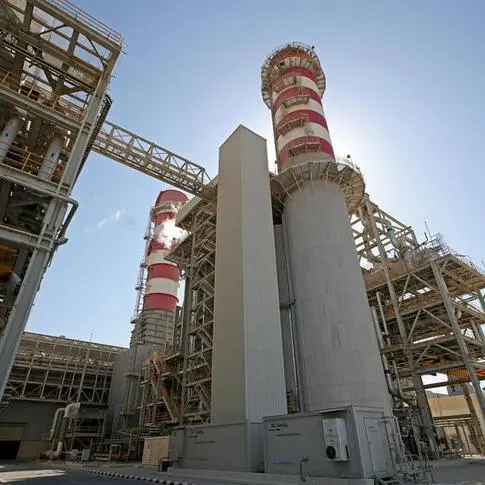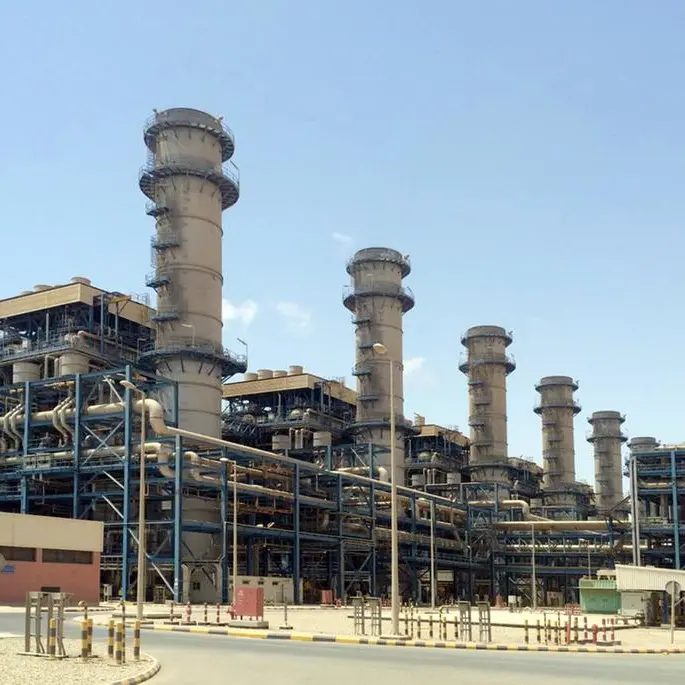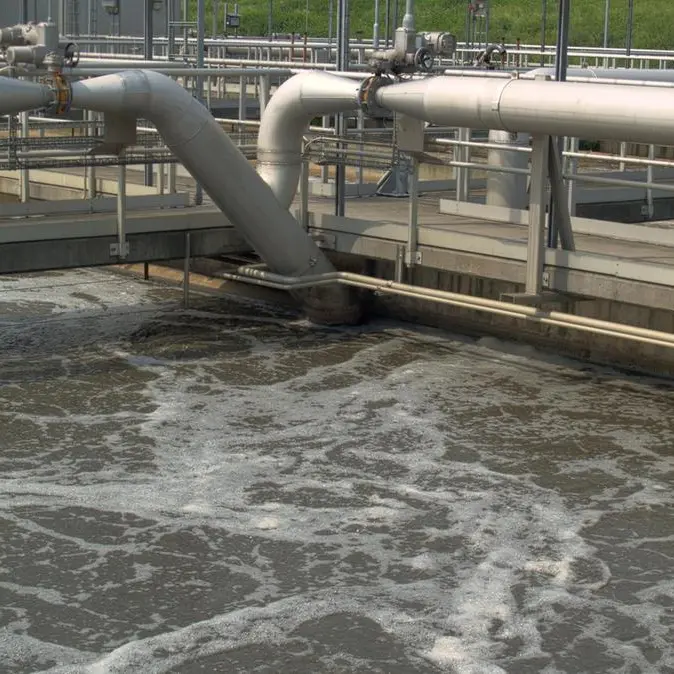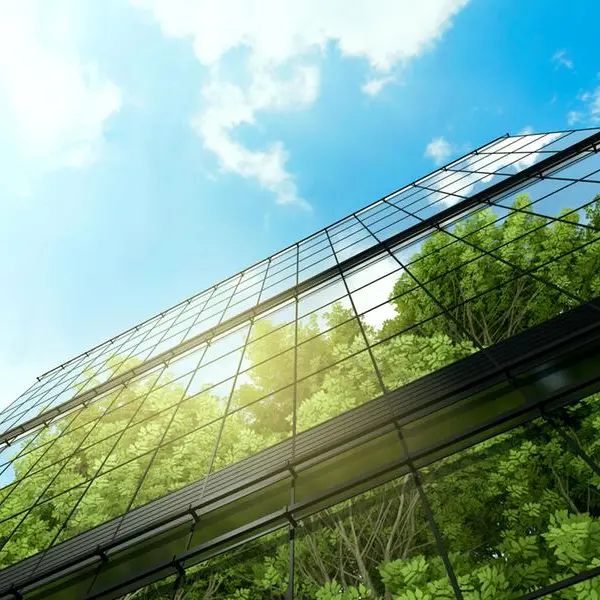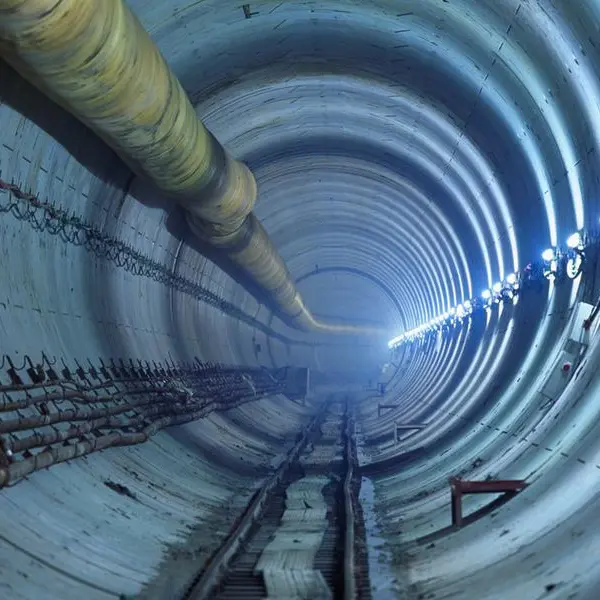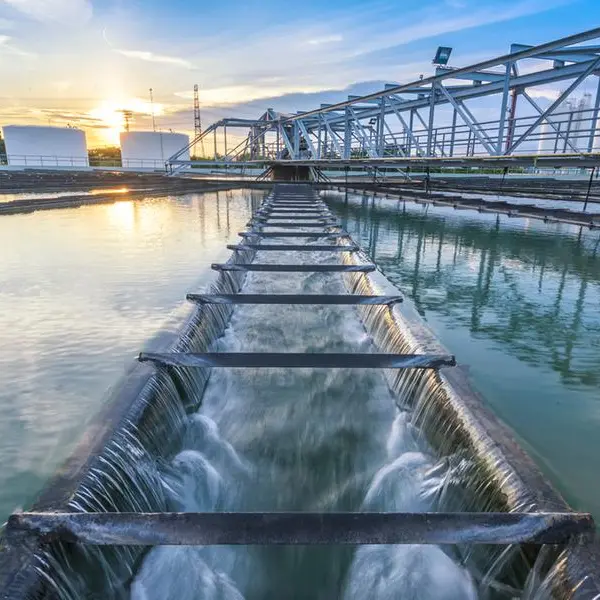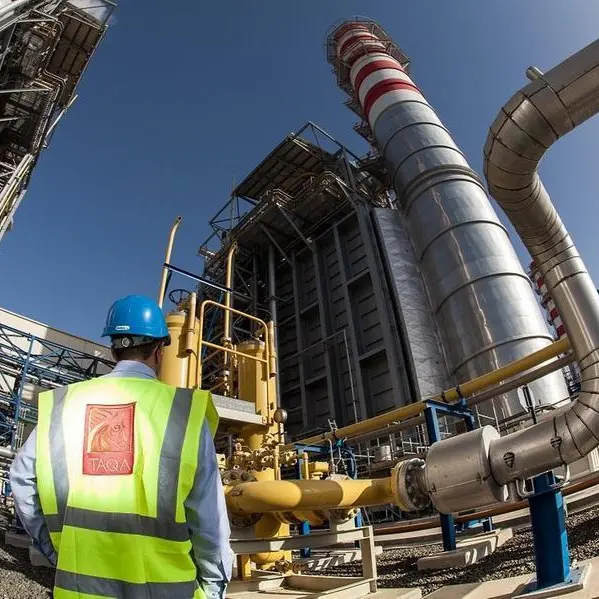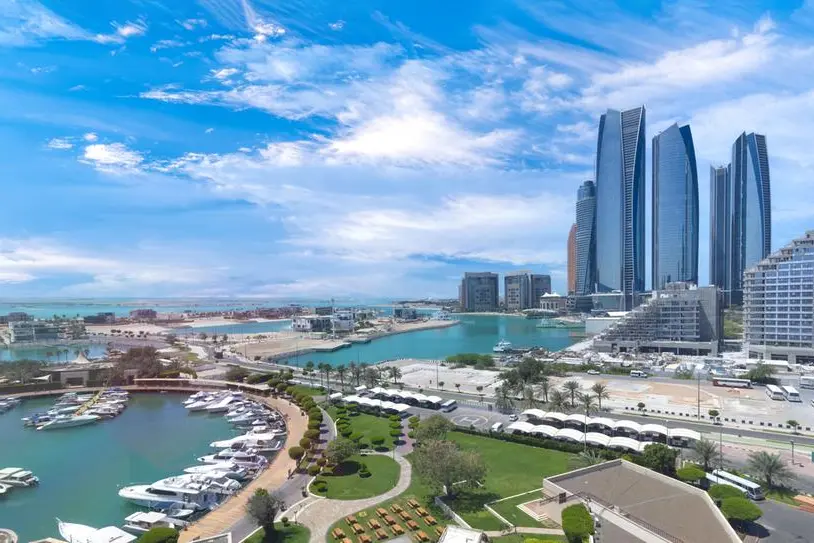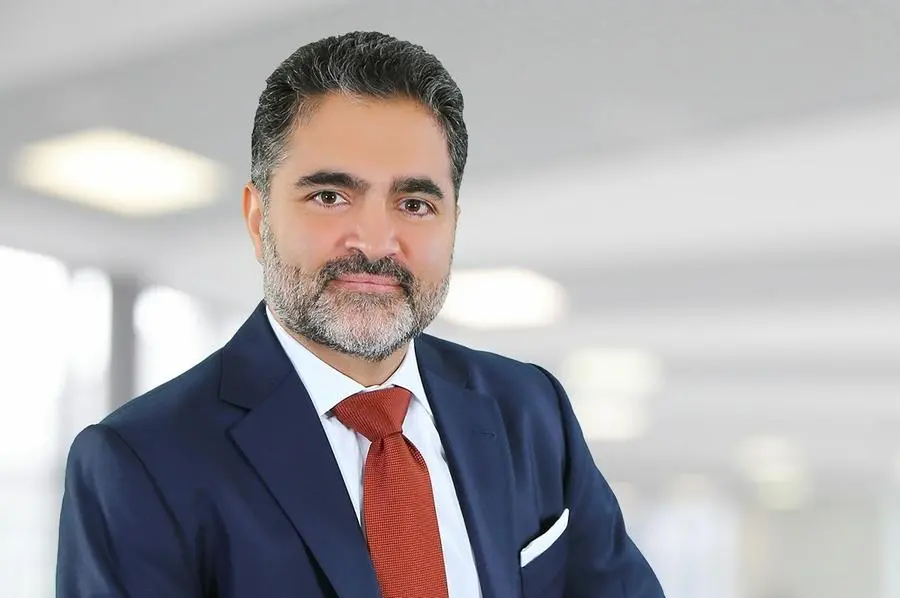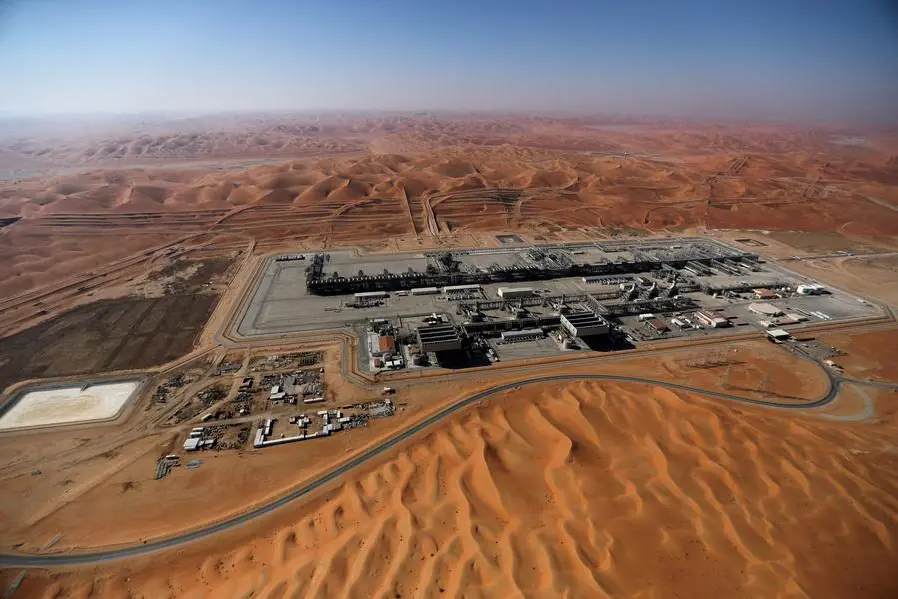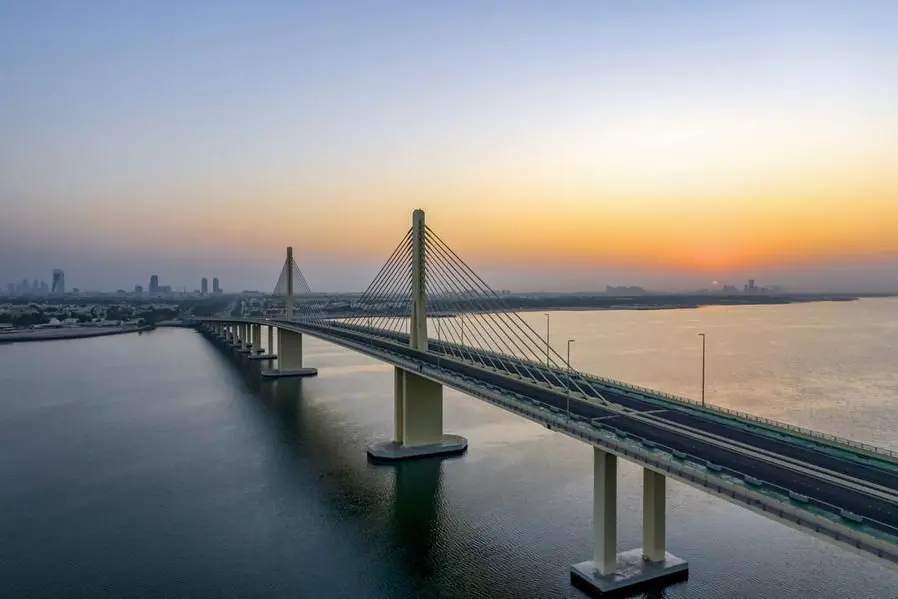PHOTO
The adoption of thermoplastics, digital technology, and improved environmental declarations has reduced the environmental impact of switchgear, according to Nader Tahan, Product Marketing Director at ABB.
A pilot project executed by the electricity and automation player in the region demonstrated that switching to digital switchgear with thermoplastics can eliminate significant CO2 emissions in substations.
“We see opportunities in various end-users, whether in oil and gas or utilities or infrastructure sectors,” Tahan said in an interview with Zawya Projects.
He claimed that digital switchgear compares better to conventional on capital and operational expenditure fronts. Moreover, ABB’s use of thermoplastic materials and environmentally friendly subcomponents in its switchgear promotes circularity.
On the regulatory front, he underscored the European Union’s move to ban F-gases such as SF6 in medium voltage switchgear by 2030. He said he expects similar governance, policies, and standards to emerge in other jurisdictions following COP28, which will be held in Dubai next month.
Excerpts from the interview
What are the key factors that contribute to the sustainability of switchgear?
The utilisation of thermoplastics, conversion of standard conventional solutions to digital solutions, and increasing the value of the EPD or Environmental Product Declaration have collectively contributed to reducing the environmental footprint of switchgear. A notable instance of this shift is the reduction in carbon dioxide (CO2) emissions associated with current transformers (CTs) and voltage transformers (VTs) by changing from conventional to digital technologies.
We recently executed a pilot project in collaboration with ADNOC, during which we employed our latest circuit breakers featuring thermoplastic materials. To quantify the benefits, we conducted a comprehensive analysis with a 30-year horizon. Our findings revealed that if we had adhered to conventional, the substation would emit approximately 150 tonnes of CO2. However, by going fully digital, we would eliminate this CO2 release over the 30-year period, which is an outstanding achievement, and this outcome is for a single substation. If the same is replicated in greenfield or brownfield substations, you can estimate the cumulative reduction of CO2 emissions.


What is the nature of the market for sustainable switchgear? Is there a replacement market? How do you see the opportunity?
The opportunity is there, and it is significant. With COP 28, we expect governance, policies, and regulations to be set that will push or accelerate the drive towards sustainability. We see opportunities in various end-users, whether in oil and gas, utilities or infrastructure sectors. Opportunities exist not only in greenfield projects where new products are being installed, with customers preferring digital over conventional switchgear but also in brownfield projects, encompassing replacements and retrofit upgrades. In both scenarios, we can advocate enhanced energy efficiency, sustainability, and decarbonisation.
How do you price sustainable switchgear versus conventional?
That’s an important question because the commercial side also needs to be considered in addition to the technical side. On capital expenditure, going digital or sustainable reduces panel complexity, internal wiring, and components while still achieving the requirements of the end user. In the long run, on the operational expenditure side, we have better predictive maintenance, reduced downtime and faster upgrades in the future at a lower cost.
The customer also enjoys an extended maintenance cycle. Considering it from an oil and gas production perspective, since we are at ADIPEC, instead of taking the switchgear offline every two years for maintenance, the operator can leverage predictive maintenance to extend operational uptime.
Since the subcomponents have passive material, the product enjoys a longer lifecycle than the traditional switchgear. So, the overall life cycle can be better managed with benefits to the end user.
What is ABB’s approach towards end-of-life-cycle management, recyclability and circularity of your switchgear products?
As I previously mentioned, our primary emphasis is on thermoplastic materials and the material science associated with our subcomponents. With the EPD value being increased, more of our subcomponents and more of our material is recyclable and can be utilised again, so it becomes more environmentally friendly.
Are you seeing any regulatory push in this direction?
Europe is pushing for regulation against the use of SF6 gas. [ In October 2023, Euractiv.com reported that the European Union (EU) agreed to ban F-gases in medium voltage switchgear from 2030, while the cut-off for high-voltage models will be set at 2032]. SF6 will be banned for switchgear with voltage levels of 11kV and 22kV by 2025 and for 33kV by 2030. We expect to see similar policies and standards being set in other jurisdictions following COP28.
(Reporting by Anoop Menon; Editing by Bhaskar Raj)
(anoop.menon@lseg.com)
Subscribe to our Projects' PULSE newsletter that brings you trustworthy news, updates and insights on project activities, developments, and partnerships across sectors in the Middle East and Africa.
